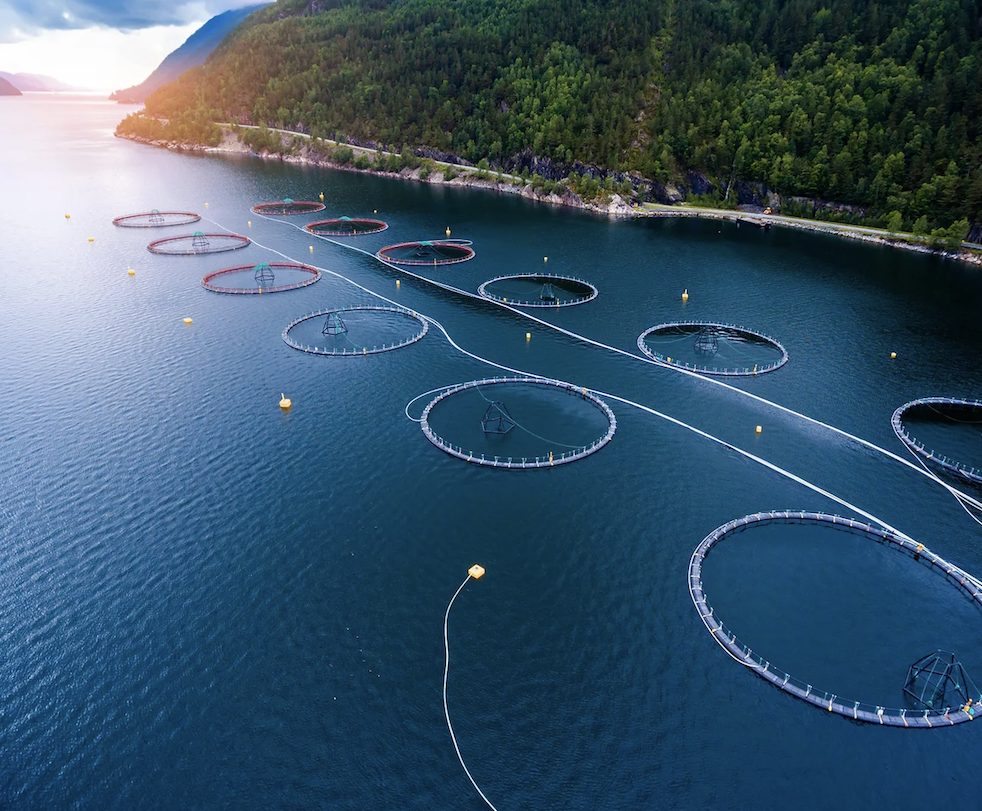
The emergence of blue-economy sectors - such as wind power, carbon capture and storage, fish and seaweed farming - is requiring an increasing number of submerged assets to be monitored. To achieve this in an affordable, safe and sustainable way, Hydromea is building a unique ecosystem of autonomous collaborating, underwater drones. With more than 50 customers across the world, the startup is preparing for the launch of its novel EXRAY inspection robot.
Despite its growing economic importance, the condition monitoring of the submerged assets today is extremely inefficient, says Hydromea’s CEO & Co-founder Igor Martin: “It is non-standard, very costly and dangerous to human lives. Large robots are starting to be used in the offshore oil & gas and defense industries, but the economics of the emerging blue economy sectors - such as wind, carbon capture and storage, offshore industrial farming (fish and algae) - will not be able to afford these solutions.” By developing low-footprint monitoring systems at fraction of the cost of the existing systems, Hydromea will offer highly scalable condition monitoring solutions that will make it economical to collect, distribute and analyze data below the water line, just like it is being done now more and more above the water line. While founded in 2014 in support of an EPFL project, Hydromea really span off and started its market-oriented activities as of 2018. It is now based in Renens, only 10 minutes away from the EPFL campus.
Over 50 customers across the world already
Hydromea is working today on an extremely complex task of disrupting the submerged asset inspections in various water-intensive industries. The mission is to develop a low-footprint remote inspection and monitoring robotic platform that will significantly reduce cost and CO2 emissions of condition monitoring of submerged assets onshore and offshore. “We are a believer in an end-to-end solution that would be tightly integrated and as a result, we have been developing a number of cutting edge technologies in house that all serve to elevate the resulting robotic platform.”
Some of these technologies have been commercialized in stand-alone product lines says the CEO. An example includes the world's thinnest hub less thrusters that never tangle up even in dirtiest water conditions and allow for extra-slim build of aquatic vehicles, such as its own robot EXRAY. Another example is a line of wireless optical modems that enable short-range but fast bandwidth wireless communication underwater. Both thrusters and modems bring revenues today to support the development of Hydromea’s platform. As a result, the startup now has over 50 customers across the world - in Europe, USA, Asia, Middle East and Australia. These customers typically buy its products to enable new ways to harvest data from sensors underwater (modems) and better ways to move vehicles or water around (thrusters). The customers come from the industry, defense and research sectors. As far as the industry is concerned, the modems are used in the offshore energy industry - both wind and oil & gas.
Pioneering a wireless ROV
Today Hydromea has 3 product lines: thrusters, modems and the world's first wireless underwater robot is being launched this year. The uniqueness of its first generation EXRAY robot is that the team has solved the big problem of fast wireless communication between pilot and robot. Radio waves don't work well underwater and unlike aerial drones, it is not possible to rely on GPS, 5G, etc. The team had to develop a different way to enable fast wireless communication and it uses light for that. With the wireless robot, inspection companies can now enter into complex flooded spaces without a risk of tether entanglements. Moreover, the absence of tether management suddenly makes the inspection job significantly more efficient. For example, Hydromea’s first service partner in the North Sea was able to cut the inspection time by half on their first deployment already.
To take it further, the Renens startup has paid particular attention to the way data is collected, its quality, how it is analyzed and provided to the client. From the launch of the robot to the final report, the whole experience for the clients and for the service partners is streamlined and automated. The resulting datasets have higher quality than what was possible to collect before and importantly, the robot can return and collect new dataset over the same asset again and again, with an extremely high level of consistency. The datasets are stored in layers on the cloud or in the client's databases and can provide a lapse in time analysis, easing the preventive maintenance strategies of its clients along the asset life cycle. All of hydromea’s technology is built and tested in Switzerland.
EXRAY launch set in September
The launch of our EXRAY inspection robot is scheduled for September 2023 says Igor Martin. The beta systems are already being deployed in the industry and first recurring revenues are starting to come in. Speaking about the demand, the CEO adds: “We have strong interest from customers both in the offshore and onshore industries that have assets submerged in water: offshore wind, offshore aquaculture, offshore oil, hydropower, industrial water sector. We are currently running pilot projects with a number of leading multinational operators, to qualify our technology.” EXRAY was recently certified by a renowned DNV class society, leaving no doubt as to the quality of data the robot can collect and process.
At the same time Hydromea is starting to invest in its commercial and manufacturing capabilities. Industrialization and production processes get established this year, along with an ERP implementation effort. The team plans to get ISO 9001 certification at the end of 2023 and a CE mark for EXRAY in 2024. Currently, Hydromea runs a highly capital efficient operation, funding its development efforts primarily through grants. To accelerate its market scaling, the startup is planning to bring qualified VCs in its Series A round in the early 2024. Hydromea has 20 full time employees helped by 4-5 interns.
(ES)
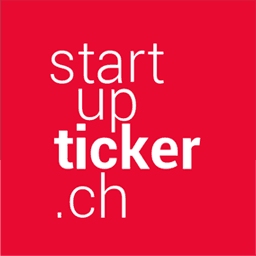

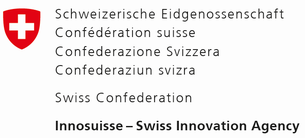
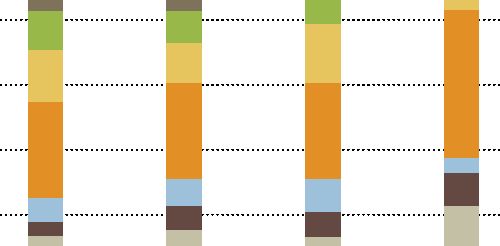

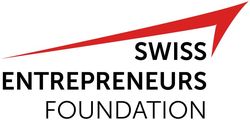


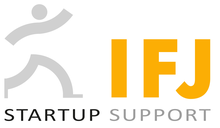




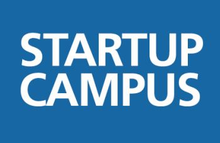



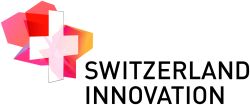
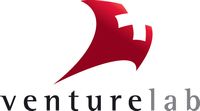
















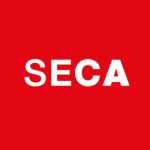


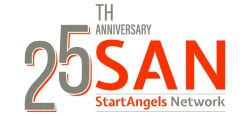
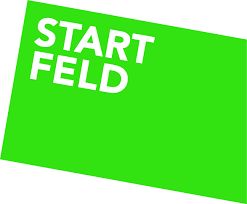
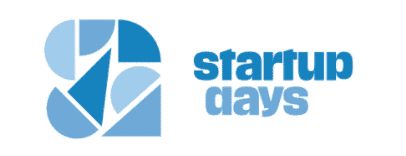








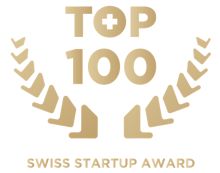





Please login or sign up to comment.
Commenting guidelines